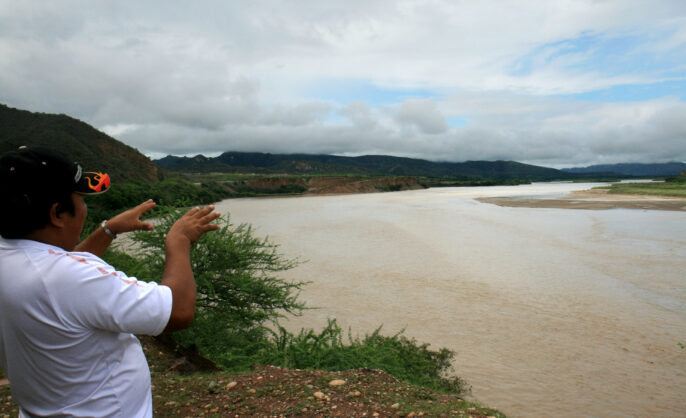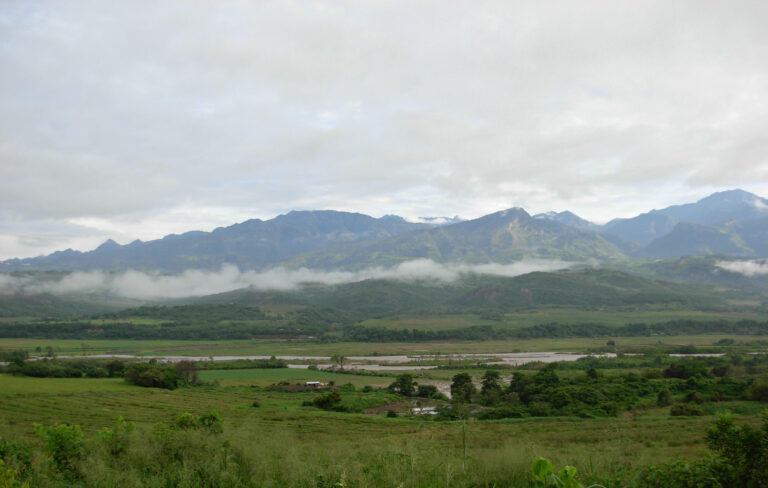The Wampis people of Peru recently created the nation’s first Autonomous Indigenous Government, which does not seek independence from Peru but intends to protect their rights and their territory.
On November 29, in the town of Soledad, the Wampis announced the formation of their autonomous government that brings together 100 Wampis communities, representing over 10,000 people that reside in the northern Amazonian part of Peru which extends across 3.2 million acres (roughly the size of the U.S. state of Connecticut).
The process that lead to the formation of the new government took place over several years, with over 50 community meetings and 15 general assemblies according to Wampis officials. They were inspired to create the new government by the United Nations Declaration on the Rights of Indigenous Peoples as well as Peruvian laws that acknowledged indigenous rights.
The motivation for the new government also grew out of frustration with how Wampis territory was being sold or given away, without their consent, to various businesses.
One of the Wampis leaders, Andres Noningo Sesen, explained some of their goals in a press statement released in December.
“We will still be Peruvian citizens but now we will have our own government responsible for our own territory. This will allow us to defend our forests from the threats of logging, mining, oil and gas and mega dams. As every year goes by these threats grow bigger,”
-Andres Noningo Sesen, Wampis Leader
One of the defense related examples given by Wampi leaders is their sustained resistance to gold mining operations in their territory by the Afrodita, S.A. Company which was finally ordered to suspend operations along the Cenpea and Maraño rivers. Both rivers suffered from severe mercury and cyanide stemming from mining activities in the area and indigenous resistance to the pollution is credited with forcing the suspension.
“This unity will bring us the political strength we need to explain our vision to the world and to the governments and companies who only see the gold and oil in our rivers and forests. For them, too often we are like a small insect who they want to squash. Any activity planned in our territory that will affect us will now have to be decided by our own government which represents all our communities,”
-Andres Noningo Sesen, Wampis Leader
The Wampis communities started the process towards autonomy by passing a statute known as the Statute of the Autonomous Territorial Government of the Wampis Nation, in which they outlined their plans for the future including protection of religion, spirituality, education, language and the recovery of ancestral place names.
While Peruvian officials have not publicly acknowledged or commented on the formation of the Wampis Autonomous Indigenous Government, Wray Perez Ramirez, the new President of the Autonomous Territorial Government has expressed confidence in their effort.
“We trust that the Peruvian State will support our initiative. This will assist in the compliance of their obligations to respect the fundamental rights of the Indigenous Peoples to determine their own future,” Ramirez said.

![]()

